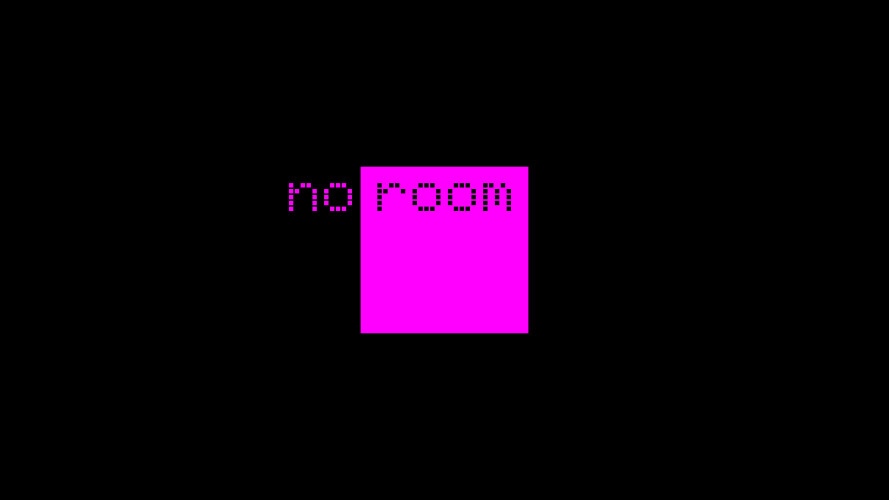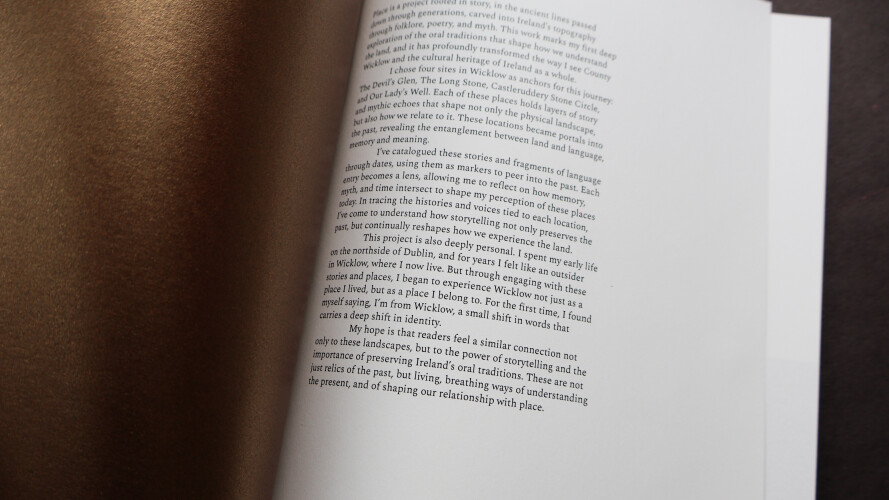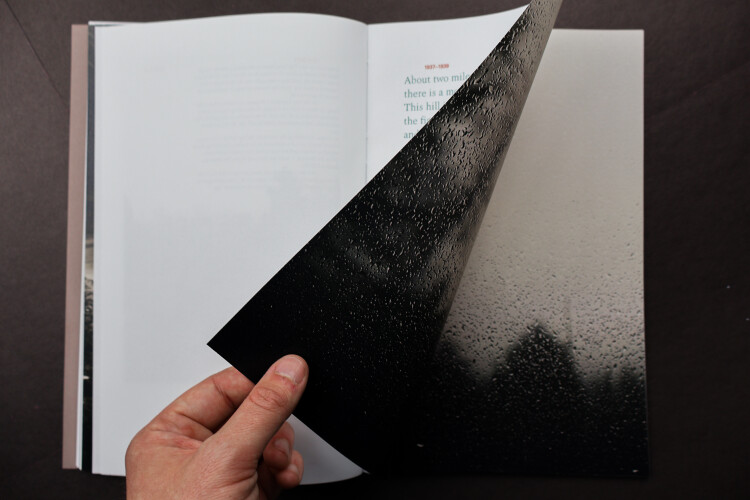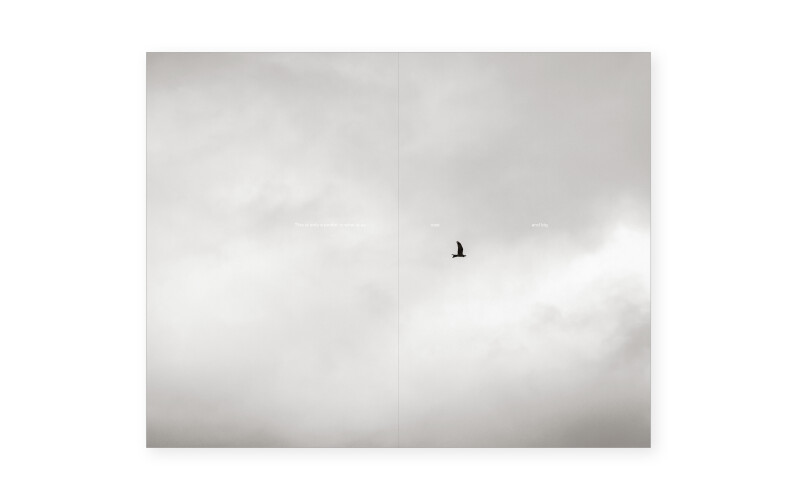no room to move
Dublin’s nightlife scene has been in steady decline since its peak in the 1990s. Strict licensing laws, especially those restricting venues from opening past 2 a.m., have severely limited nightlife growth. While groups like ‘Give Us the Night’ push for change, many venues have already been demolished to make way for hotels and corporate developments, reflecting shifting priorities in the city. This loss comes at a time when young people face rising levels of loneliness and social disconnection. These spaces are not escape, they are ceremony communal places where movement, music, and presence reinforce the bonds that shape us. Without them, what remains? The ‘No Room’ campaign seeks to spotlight this decline and reposition nightlife as a core part of society and not something on the exterior, but as being society itself. We have been left with a fragmented existence, stripped of the spaces where culture is lived.





